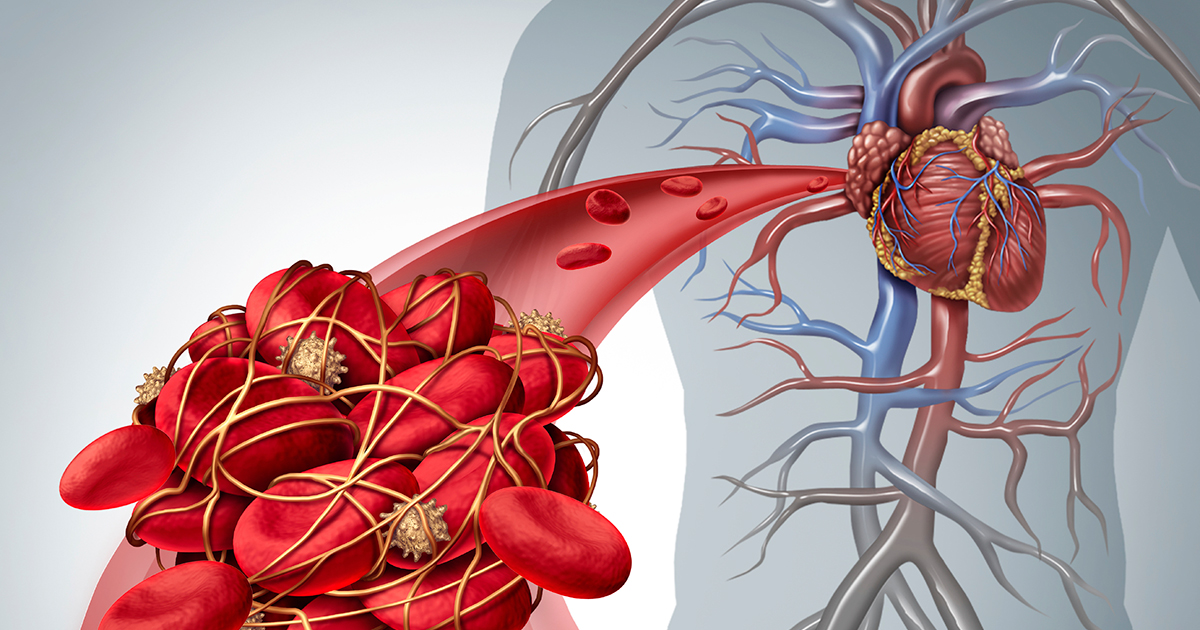
The relationship between diabetes and blood clots
2 minutes
Diabetes increases the risk of plaque buildup in the arteries, which can cause dangerous blood clots.
Although blood clots routinely form as a normal function of blood cells to repair damaged blood vessel walls, clots become a problem when they prevent blood from flowing through an artery or vein inappropriately.
Regular exercise, remaining mobile and controlling diabetes helps prevent blood clots. Still, it is important to know the signs and symptoms of blood clots, so that you receive prompt medical attention. Nearly 80 percent of people who have diabetes will eventually die of clot-related causes.
Signs and symptoms of blood clots depend upon their location and whether they occur in an artery or a vein.
A blood clot in an artery that supplies blood to the heart or brain may result in:
– Heart attack
– Stroke
– Transient ischemic attack or mini-stroke
When blood clots occur in a vein, symptoms may include:
– Pain
– Swelling
– Warmth
– Redness
If a clot forms in a vein in a leg or arm, and then breaks off and travels to the lung, it causes a pulmonary embolus—a potentially life-threatening condition. Symptoms of pulmonary embolism are:
– Chest pain
– Shortness of breath
Blood clots are diagnosed initially by history and physical exam. Other tests may be ordered, depending on the location of the blood clot. In most cases, treatment requires the use of anticoagulant medications that thin the blood, and prevent further clots.
If you have additional questions about the relationship between diabetes and blood clots, ask your primary care physician.



